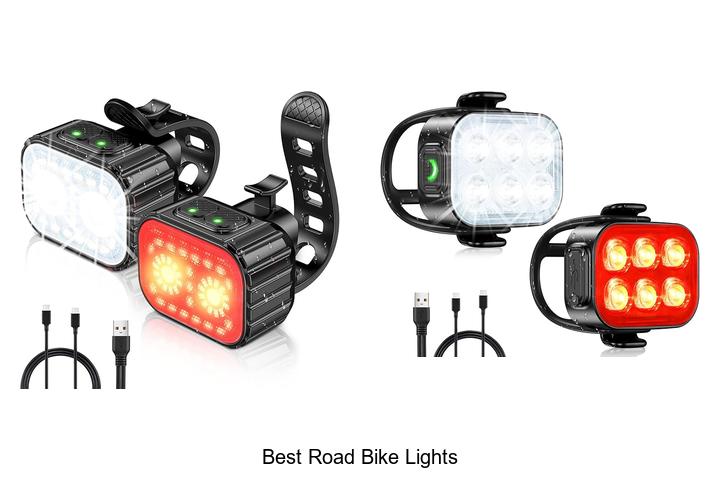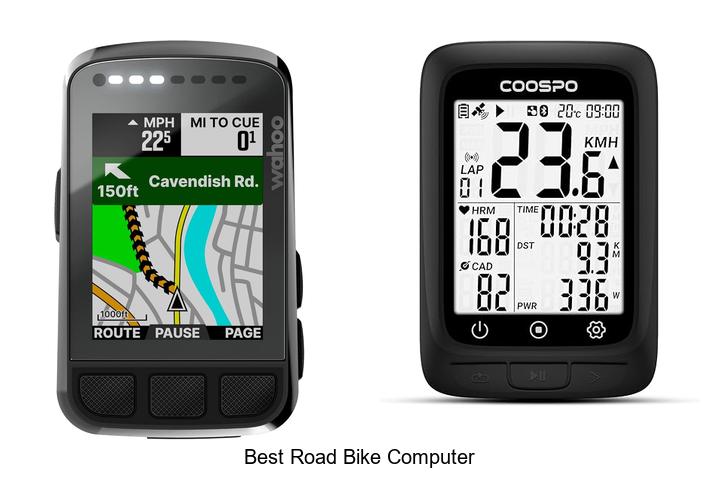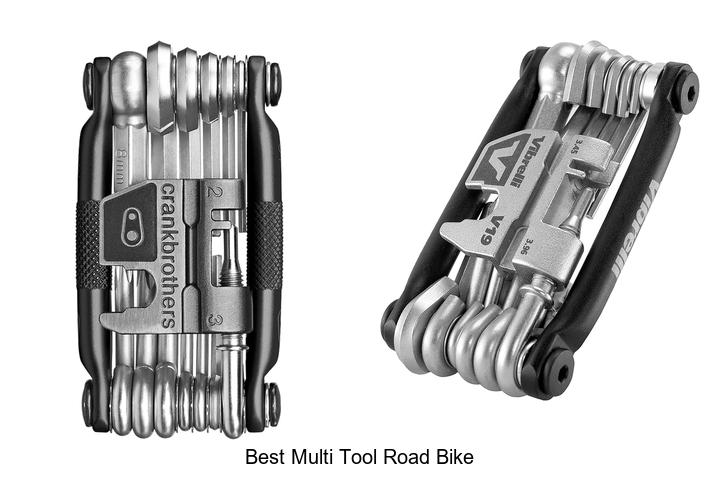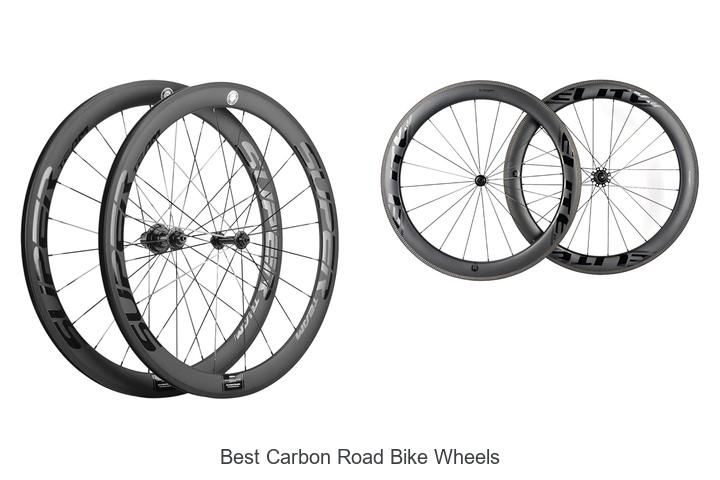How to Measure Shoulder Width for Road Bike Fit Perfectly
Getting the right fit on your road bike starts with understanding your body, and shoulder width plays a key role. Knowing how to measure your shoulder width accurately helps you choose the perfect handlebar size, improving comfort and control on every ride.
If your handlebars are too wide or too narrow, it can lead to discomfort or even affect your riding efficiency. Measuring your shoulder width is simple and quick, and once you know your numbers, you’ll be able to customize your bike setup for a smoother, more enjoyable experience.
In this guide, you’ll learn the best way to measure your shoulder width and why it matters for your road bike fit. This small step can make a big difference in how you ride and feel on the road.
Understanding the Importance of Shoulder Width in Road Biking
Your shoulder width directly affects handlebar size, which influences your riding posture and bike control. Properly matched handlebars prevent strain on your shoulders, neck, and back. Narrow bars create a cramped position, limiting breathing and maneuverability. Wider bars offer stability but can cause fatigue if they stretch your shoulders too far.
Comfort increases your riding endurance, while efficient control improves safety on varied terrain. Correct shoulder width also balances power transfer during pedaling and reduces the risk of overuse injuries. Road bike fit experts recommend measuring your shoulder width to select handlebars that align with your natural arm position.
Your shoulder width measurement serves as a baseline for adjusting other contact points, like stem length and reach. This holistic approach ensures an ergonomically sound setup tailored to your body, enhancing overall road bike performance.
Tools Needed to Measure Shoulder Width Accurately
Accurate measurement of your shoulder width requires the right tools. Two common tools offer precise and reliable results: a measuring tape and a caliper.
Using a Measuring Tape
A flexible measuring tape suits most riders for a quick shoulder width measurement. Position the tape across your back, from one acromion process to the other—the bony points on each shoulder. Hold the tape flat and horizontal without stretching the tape or pulling the shoulders inward. Your measurement reflects the distance between these shoulder points, guiding your handlebar width selection.
Utilizing a Caliper for Precision
A caliper provides higher accuracy, ideal for riders wanting exact measurements for custom setups. Use a large sliding caliper to measure directly between the outer edges of your acromion processes. Ensure the caliper jaws touch the bony points gently without compressing soft tissue. This method reduces error caused by tape bending or shoulder positioning, delivering precise shoulder width data essential for optimal handlebar fitting.
Step-by-Step Guide on How to Measure Shoulder Width for Road Bike
Measuring shoulder width accurately ensures you choose handlebars that fit your body for maximum comfort and control. Follow these steps to get precise results.
Preparing for the Measurement
Start with a flat surface and a reliable measuring tape or caliper. Stand upright with your back relaxed and arms resting naturally at your sides. Locate the acromion processes—the bony points at the outer edges of your shoulders. Remove bulky clothing to avoid measurement errors. Have a helper assist for better accuracy, but measuring alone remains possible if you use a mirror.
Taking the Actual Measurement
Position the measuring tape or caliper across your upper back, stretching from one acromion process to the other. Keep the tape flat and horizontal to the ground. For tape measurements, press gently without compressing skin. If using calipers, place the tips directly on the outer edges of each acromion with light contact. Record the distance in inches or centimeters. Repeat the measurement two or three times to confirm consistency, then use the average for selecting your handlebar width.
How Shoulder Width Affects Road Bike Fit and Performance
Your shoulder width directly influences the fit and handling of a road bike. Matching handlebar width to your shoulder measurement optimizes comfort and control during rides. Handlebars that align with your natural arm position reduce strain on your shoulders, neck, and upper back.
Narrow handlebars relative to your shoulder width create a cramped posture. This limits your breathing capacity and restricts efficient bike handling. Conversely, excessively wide handlebars force your shoulders to overextend, causing faster fatigue and reduced endurance.
Proper shoulder width measurement ensures ergonomic alignment with your bike’s cockpit. It maintains your upper body in a natural position, enhancing pedaling efficiency and improving overall bike responsiveness. Precise fit minimizes the risk of overuse injuries, such as tendonitis or muscle strain, by distributing load evenly across your shoulders and arms.
Adjusting handlebar width according to shoulder width also affects your aerodynamics. A handlebar too wide increases wind resistance, while a width matched to your shoulder provides a balanced posture for optimal speed and stability.
Common Mistakes to Avoid When Measuring Shoulder Width
Incorrect positioning of your arms during measurement causes inaccurate shoulder width. Keep your arms relaxed at your sides rather than raised or tense to get a true reading.
Measuring over bulky clothing distorts the results. Always measure directly on the skin or over a thin layer of clothing to prevent added width from fabric.
Using an elastic tape measure leads to imprecise figures. Use a rigid or non-stretch tape measure or caliper to ensure exact distance between acromion points.
Applying too much pressure with the tape compresses your skin, shrinking the measurement. Hold the tape snug but not tight, allowing it to rest comfortably.
Failing to measure the acromion process accurately leads to errors. Locate the bony landmarks clearly on both shoulders, as inconsistent points cause unreliable data.
Taking a single measurement without repeating risks user error. Take at least three measurements and average them to reduce variability and improve consistency.
Ignoring posture while measuring affects reliability. Stand upright with your shoulders level and avoid slouching to reflect your natural bike position.
Rushing the measurement often skips key steps and causes mistakes. Take your time to ensure your measurement accurately represents your shoulder width for the best bike fit.
Adjusting Your Road Bike Setup Based on Shoulder Width
Align handlebar width with your measured shoulder width to maximize comfort and control. Use your average shoulder width measurement as a guide for selecting handlebars with a matching center-to-center width. Match handlebars that are too narrow with a wider stem or use bar spacers if you prefer a slightly wider grip without changing the bars.
Position handlebars to avoid excessive stretching or compressing of your shoulders. Adjust stem angle and height if you feel tension in your neck or upper back during rides. Set brake lever and shifter reach so you can comfortably engage controls without overextending your fingers, preserving hand and shoulder comfort.
Customize tape wrap thickness or add padded grips if your shoulder width forces a compromise in handlebar size, reducing pressure points while maintaining stable contact. Check your riding posture frequently, ensuring your elbows have a slight bend and your shoulders remain relaxed, which prevents strain and enhances bike handling.
Fine-tune these adjustments during short test rides. Modify stem length or handlebar position gradually if you experience discomfort, stiffness, or control issues related to your shoulder width. Integrate these tweaks with seat height and fore-aft saddle position for a holistic fit that supports efficient, injury-free cycling.
Conclusion
Getting your shoulder width right is a game-changer for your road bike fit. When your handlebars match your natural frame, you’ll ride with better control, comfort, and efficiency.
Taking the time to measure accurately and adjust your setup helps prevent strain and keeps you riding longer without discomfort. Remember, small tweaks can make a big difference in your overall cycling experience.
Keep refining your fit as you ride, and you’ll notice improved performance and reduced risk of injury. Your shoulders will thank you every mile you pedal.
Frequently Asked Questions
Why is shoulder width important when choosing road bike handlebars?
Shoulder width helps determine the ideal handlebar width, ensuring better comfort, control, and riding posture. Proper fit reduces strain on the shoulders, neck, and back, enhancing overall cycling performance.
How do I accurately measure my shoulder width for biking?
Stand upright with arms relaxed, locate the acromion processes on each shoulder, and measure the distance between them using a flat, non-elastic tape measure. Repeat multiple times and use the average for accuracy.
What are common mistakes to avoid when measuring shoulder width?
Avoid measuring over bulky clothing, using elastic tape, applying too much pressure, incorrect arm positioning, and failing to locate acromion processes properly. Always maintain good posture and take multiple readings.
What problems can arise from handlebars that are too wide?
Handlbars wider than your shoulder width can cause shoulder fatigue, reduce maneuverability, and create discomfort, limiting riding efficiency and potentially leading to overuse injuries.
What issues occur if handlebars are too narrow?
Narrow handlebars can create a cramped riding position, leading to restricted breathing, less control, and increased strain on shoulders, neck, and back, negatively affecting comfort and performance.
How should I adjust my bike setup based on my shoulder width?
Select handlebars matching your measured shoulder width, adjust stem angle and height to relieve upper body tension, tweak grip padding or tape thickness, and regularly check posture during rides.
How often should I check and adjust my bike fit?
Regularly check your bike fit during short test rides and after any discomfort. Fine-tune handlebar width, stem settings, and saddle position to maintain comfort and prevent injuries.
Can proper shoulder width measurement improve cycling speed?
Yes. A handlebar width aligned with shoulder width optimizes aerodynamics, stability, and control, all of which contribute to efficient riding and improved cycling speed.
Is it necessary to adjust other bike contact points when setting handlebar width?
Yes. Shoulder width measurement is a baseline; adjusting saddle height, seat position, and stem length ensures a well-rounded fit that promotes comfort and reduces injury risk.
What tools do I need for measuring shoulder width?
A reliable, non-elastic tape measure or caliper and a mirror or helper to locate the acromion processes accurately are recommended for precise shoulder width measurement.



